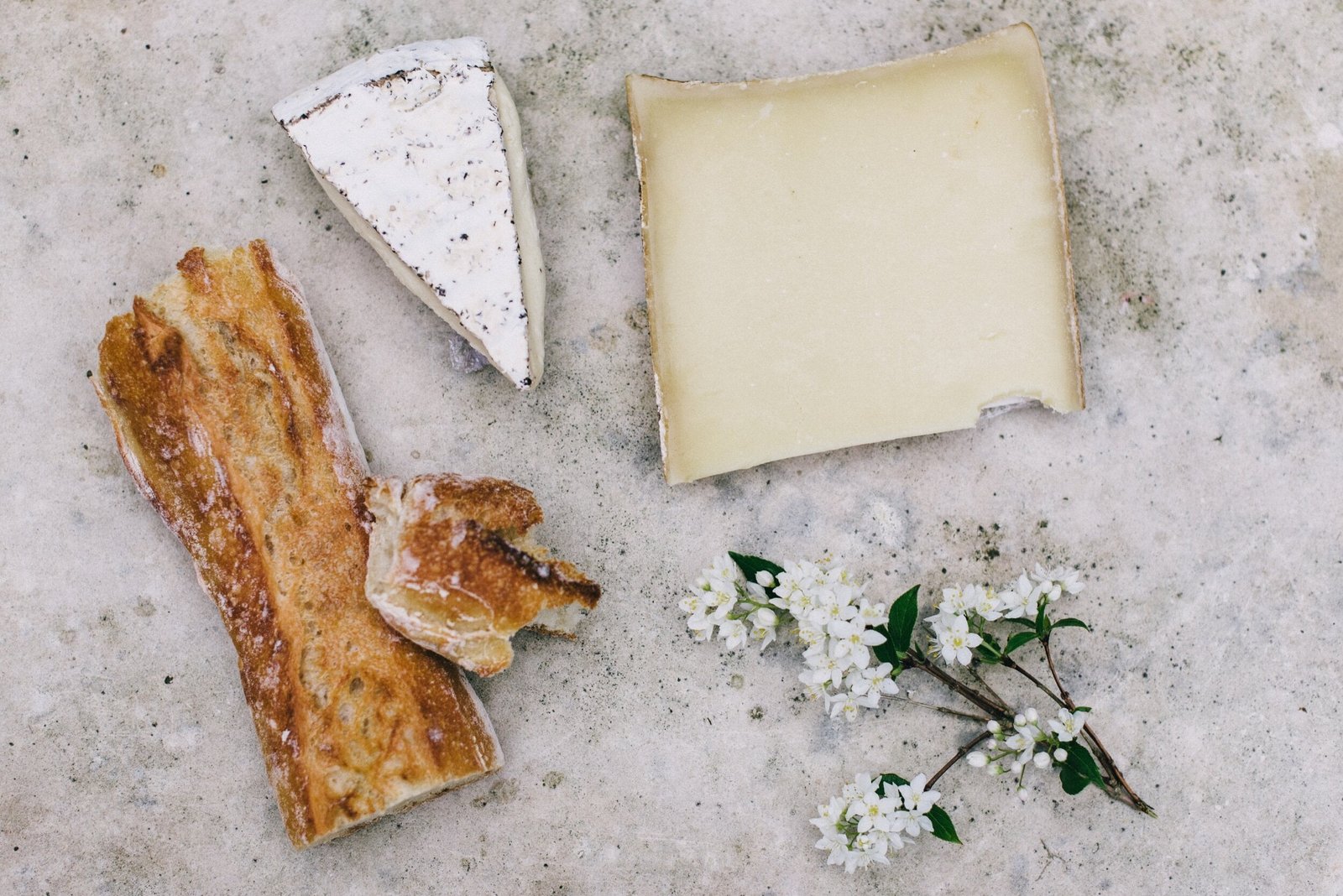It’s been proven that cutting out dairy from your diet can be key to your clear skin journey. To be transparent, dairy made me break out too – so I avoided it. Until recently, I’ve found that certain kinds of dairy products can be skin-friendly. Through trial and error, my skin has responded well to the following dairy items found at your local grocery store.
However, if you’re currently struggling with cystic acne, I would advise to cut all dairy out of your diet until you skin starts to clear. I say this because while these products are skin-safe for many, you’ll need to see how your own skin responds. Once your skin is in a healthy state, you can start to incorporate these foods into your diet one-by-one.
Greek Yogurt
Greek yogurt is made by straining out the whey in regular yogurt. This also rids the yogurt of lactose (sugar). Without the liquid whey and sugar, the dairy product takes on a creamier consistency and the protein becomes more concentrated. Plus, you’re left with more gut-friendly probiotics.
Both lactose and whey increase blood insulin levels, which trigger acne. By removing both, you’re lowering your risks of breaking out significantly.
I highly recommend getting plain Greek yogurt with no other ingredients. Add in a modest amount of raw honey as a sweetener so you know exactly how much glucose you’re having. Raw honey has antioxidant compounds that will counteract inflammation.
Personally, I prefer to get fat-free Greek yogurt due to the lower calorie intake. I’m happy to report that my skin has stayed clear when I consume fat-free plain Greek yogurt as a normal part of my diet.
Just as a note of caution, while the whey has been removed, the casein is the concentrated protein that remains. Casein is the more allergic component to milk, so if you’re very sensitive you might want to avoid yogurt all together.
Ghee
In the past, my skin has broken out after using anything beyond a tiny amount of butter. When I switched over to cooking with ghee, my skin did not have a reaction and stayed clear.
Fortunately, ghee (a type of clarified butter) has been an amazing alternative with health benefits that surpass butter and other cooking oils. It’s made from heating butter and allowing the liquid and milk portion to separate from the fat, and the remaining oil is ghee. During this process, the milk proteins casein and whey are removed as well as the lactose. As mentioned above, these components can trigger acne or an allergic reaction, so having them removed reduces the chances of your skin breaking out pretty much completely.
Your best bet is getting grass-fed organic ghee, which is an excellent source of vitamin E. It also contains butyrate, a fatty acid that has known anti-inflammatory properties. Ghee can increase the “bioavailability†and absorption of some vitamins and minerals by cooking healthy foods with ghee.
Ghee is also a component of Ayurveda, an ancient form of natural medicine that is still widely practiced in India and elsewhere.
Aged Cheese
Natural, aged cheese (such as Cheddar, Parmesan and Swiss) can be digested by many people, including those with skin and lactose sensitivities. During the cheese making process, most of the lactose is drained off with the whey. The small amount that remains in the curd is changed to lactic acid during the aging process.
At six months of aging, only trace amounts of lactose and whey remain, which are the inflammatory compounds you want to avoid. As a general rule of thumb, the more moisture in a cheese, the more lactose it contains. Harder cheeses have the whey drained out.
Hence, the longer the cheese has aged, the better of an option it becomes for those with acne-prone skin because most acne-triggers have now been removed. If you’re still experiencing difficulties with aged cow’s milk cheeses, try switching to sheep’s milk aged cheese.
Aged cheeses can be an acquired taste for sure, but many of you will find that you enjoy the taste more than non-aged cheese!
Happy and Safe Dairy Consumption
While it’s true that Greek yogurt, ghee, and aged cheeses are great dairy options for acne-prone skin, moderation can still be key. It’s important to keep serving sizes in mind especially if you’re incorporating new foods into your diet.
If you’re unable to limit your dairy consumption to these alternatives, consider increasing your vitamin A intake through natural food sources or supplementation. Balancing dairy with sufficient vitamin A could also work for you, because vitamin A is one of the most important nutrients in keeping your skin clear.
Photo by Alice Donovan Rouse on Unsplash.

Leave a Reply